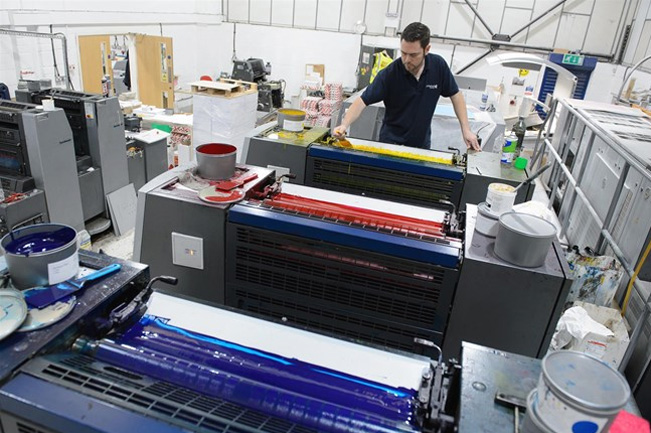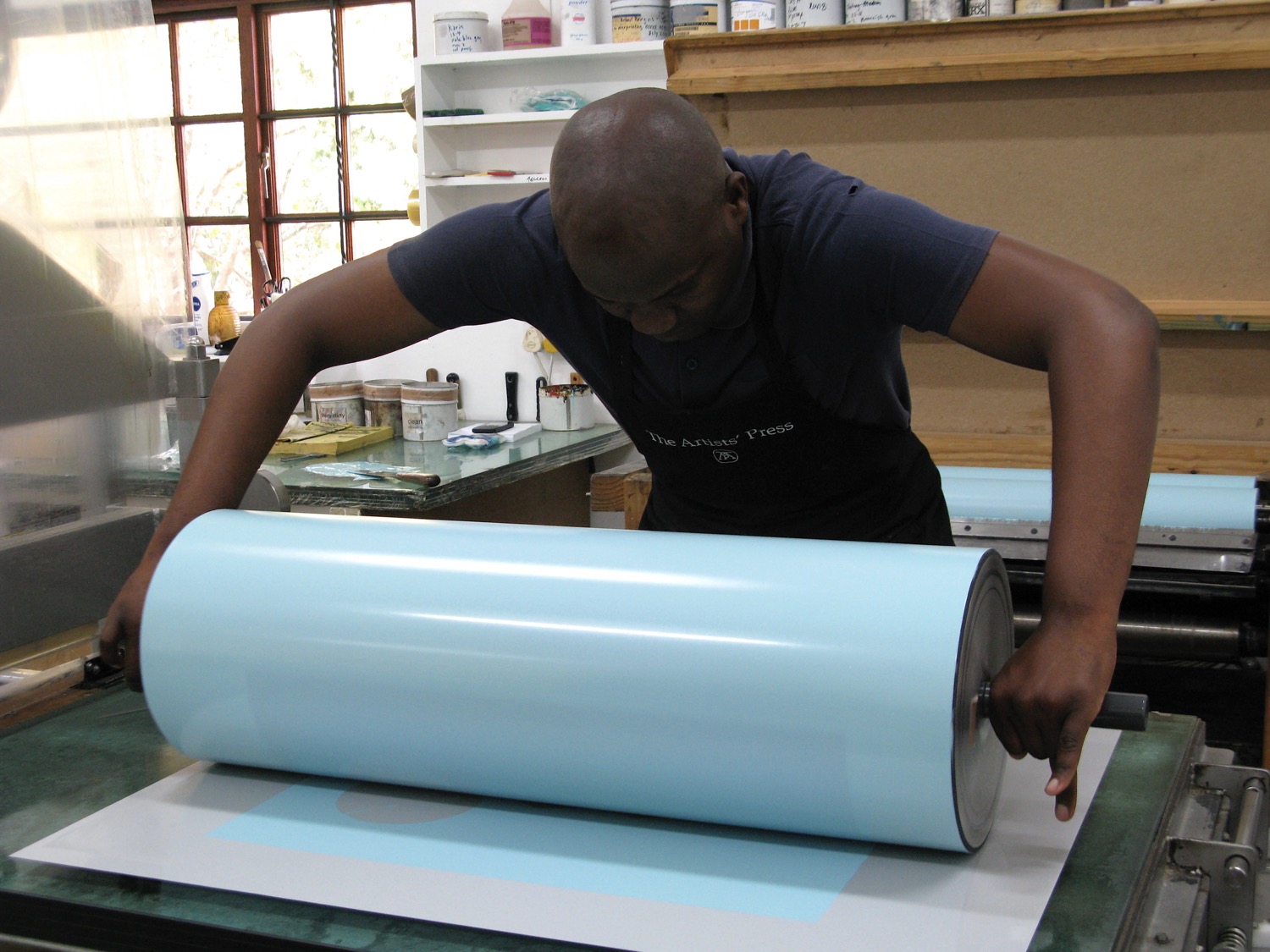Unique Designs Enhanced Through litho printing
Unique Designs Enhanced Through litho printing
Blog Article
A Comprehensive Guide to Recognizing Litho Printing Methods
The globe of litho printing, a method originating from the late 18th century, is a remarkable blend of background, science, technology and art. This thorough guide will certainly unwind the complexities of this printing approach, from the composition of litho inks to the challenges faced in modern-day applications. As we venture right into the complexities of lithography, the value of automation and sustainability in ensuring its future relevance becomes significantly clear. Remain with us as we trip right into the exciting world of litho printing.
The Historical Advancement of Litho Printing
The historic trajectory of litho printing, a critical development in the world of interaction, is an exciting tale of human resourcefulness. Birthed in the late 18th century by Alois Senefelder, this technique was at first an economical approach of releasing staged jobs. Lithography, originated from the Greek words for 'rock' and 'to create', made use of a smooth stone surface to move photos onto paper. The procedure developed with the development of the rotating press, which greatly boosted productivity (litho printing). In the 20th century, the advancement of offset lithography transformed the industry, enabling mass manufacturing of high-quality prints. Each stage of litho printing's evolution showcases humanity's ruthless quest of effectiveness and high quality in visual communication.
Translating the Science Behind Litho Printing Inks
Relocating onward in the expedition of litho printing strategies, the focus now shifts to the scientific research behind litho printing inks. The composition of these inks, their drying out procedure, and color mixing methods create the backbone of this complicated art form. Comprehending these aspects is essential to mastering the craft and attaining the wanted print results.
Structure of Litho Inks
In lithographic printing, the fundamental role of litho inks can not be overstated. Pigments, the color-providing elements, are carefully ground particles suspended in the automobile, a liquid that brings the pigment onto the printing surface. Each component plays a critical part in the last print's high quality, making the specific solution of litho inks an elaborate scientific research.
Ink Drying Process
From the structure of litho inks, attention turns to the interesting process of ink drying out. Two key methods are utilized in litho printing: oxidative drying out and absorption. Absorption, on the other hand, entails the ink seeping into the paper fibers, which is a faster procedure however can lead to less vibrant colors.
Color Combining Methods
While the drying out procedure plays a key duty in litho printing, the science of shade mixing strategies holds equal significance. This is an intricate process that includes the careful mixing of main colors: cyan, magenta, and yellow, in differing percentages to achieve a large array of tones. The addition of black ink, recognized as 'key', helps in controling the strength and depth of the shades. The science behind litho printing inks additionally thinks about the openness of the ink, which impacts just how shades overlay and mix. To accomplish an efficient shade mix, print specialists need to also understand the details of ink actions, color theory, and the physical buildings of the substrate on which the ink is applied.
The Art and Layout Aspects in Litho Printing
Litho printing takes a breath life into art and style via its unique elements. The process includes developing an image on a lithographic limestone plate or steel plate with a smooth surface area. The photo is after that printed onto a tool, generally paper, by transferring the ink from home plate. What collections litho printing apart is its capacity to replicate elaborate styles with high integrity, making the result practically the same to the original artwork. This is attained via making use of different line go to these guys strategies such as cross-hatching, hatching, and stippling, which enable a variety of tonal effects. Furthermore, litho printing suits a variety of shades, enabling artists to produce vibrant and dynamic prints. This combination of precision and versatility makes litho printing a preferred selection for many artists and designers.
Modern Applications of Litho Printing Strategies
Litho printing strategies have found considerable use in the modern-day commercial field. Its influence and significance proceed to expand with the introduction of brand-new technologies and innovations in the area. This section will certainly discover these modern applications click over here and the transformative function they play in the printing market.
Business Litho Printing Makes Use Of
In today's digital age, one may wonder regarding the significance of conventional printing techniques. Litho printing stays a vital component of the commercial market. High-volume printing jobs, such as the production of books, newspapers, and product packaging, count on litho printing for its ability to provide remarkable photo quality and expense effectiveness. The procedure, which entails transferring an inked picture from a plate onto a rubber covering and after that to the printing surface, uses unparalleled consistency. This makes it perfect for tasks needing a big print run. Litho printing also provides a broad color spectrum, premium to that of digital printing. This makes it the best option for jobs that require vivid, premium shade reproduction.
Technologies in Litho Printing
Pressing the boundaries of traditional methods, modern-day innovations have fueled see post a host of innovations in litho printing. One prominent growth is digital litho printing, which incorporates the merits of digital innovation with litho's premium result. These innovations underscore the long-lasting relevance of litho printing in the modern-day globe.
Discovering the Refine of Litho Printing: Detailed

Obstacles and Solutions in Contemporary Litho Printing

Regardless of the precision and tradition that litho printing proudly promotes, it is not without its collection of modern obstacles. One of the most common issues include the high first setup expense, problem in printing variable data, and environmental worries as a result of chemical usage. Services are arising as technology advances. Digital litho printing permits for economical short runs and easy customization, resolving the concern of variable data. Environmentally-friendly inks and more secure plate-making procedures mitigate environmental problems. Furthermore, improvements in automation have minimized labor prices, additionally equalizing the lithography process. Hence, while there are difficulties, the litho printing sector is proactively adjusting to meet them head-on, ensuring its relevance in the future.
Verdict
In final thought, litho printing, with its abundant history and scientific intricacies, holds a substantial area in the print market. As the overview exposes, it's a synthesis of art and innovation, with modern advancements guaranteeing its significance. Nevertheless, the market deals with obstacles that require cutting-edge services, with an emphasis on automation and sustainability. The future of litho printing depends upon its capability to adapt to these altering needs, affirming its long-lasting value in a progressing market.

Report this page